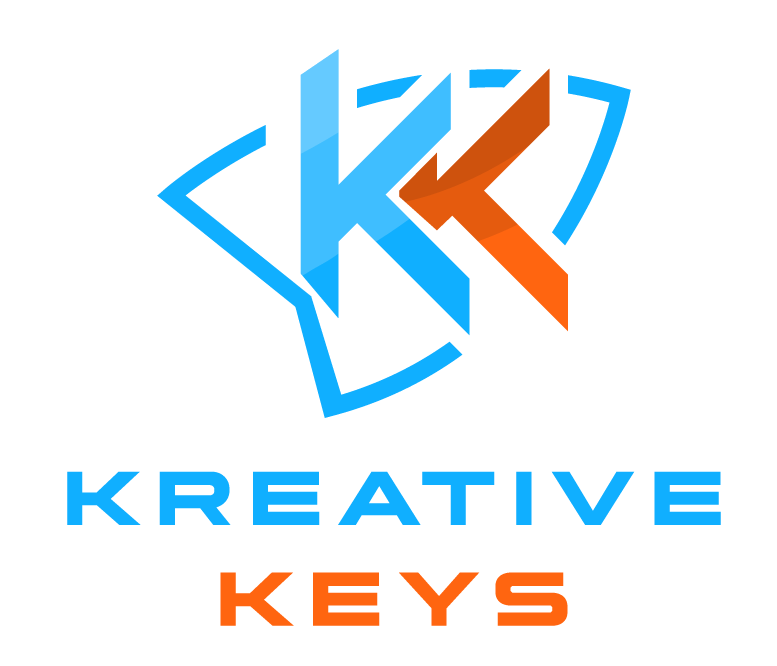Mechanical keyboards, renowned for their distinctive tactile feedback and durability, have roots dating back to the early days of computing. Unlike the more common membrane keyboards that operate through a single rubber dome and circuit layer, a mechanical keyboard is built with individual switches for each key. This specificity in design not only enhances the user's experience with each keystroke but also caters to a vast array of preferences, with switches ranging in sound and actuation force.
Enthusiasts appreciate mechanical keyboards for their customization potential and performance. Each switch—whether it's linear, tactile, or clicky—offers different attributes that can be tailored to the user's typing or gaming habits. Moreover, the robust construction of these keyboards makes them a longstanding choice for anyone who spends considerable time at a computer.
Presently, the hobby extends far beyond just selecting switches. It encompasses a community dedicated to custom builds, artisan keycaps, and programmable layouts, reflecting both the aesthetic and functional aspirations of its members. The culture around mechanical keyboards has transformed a utilitarian tool into a personalized statement of craftsmanship and technology.
The Evolution of Mechanical Keyboards
The mechanical keyboard has seen a remarkable transformation from its early mechanical roots to its current status as a coveted tool for typists and gamers alike, characterized by a dedication to quality, performance, and customization.
Early Innovations and Patents
The initial mechanical keyboards were direct descendants of the typewriter, utilizing a series of levers and springs that evolved from the late 1800s. These keyboards required considerable force to operate, a stark contrast to today's models. Through a series of innovations, the first patents for these devices laid the groundwork for what would become the modern mechanical keyboard.
Transition to Modern Mechanical Keyboards
By the 1980s and 1990s, mechanical keyboards began to incorporate lighter actuation mechanisms, with companies like Cherry developing the now-famous Cherry MX switches in 1983. These switches offered a more nuanced and reliable typing experience. The shift towards more efficient, durable, and comfortable key mechanisms marked the beginning of the mechanical keyboard's rise to prominence in the consumer market.
Influence of Gaming and Typing Enthusiasts
The resurgence in popularity of mechanical keyboards can be heavily attributed to gaming and typing communities. By the early 2010s, mechanical keyboards were widely advertised as superior for gaming due to their quicker and more precise keystrokes. Enthusiast communities have since formed across the internet, contributing to the growing hobby and ecosystem surrounding mechanical keyboards.
Key Components of Mechanical Keyboards
Mechanical keyboards are intricate devices comprised of several key components, each playing a critical role in the device's performance and user experience.
Switch Types and Their Characteristics
Mechanical keyboards distinguish themselves by their switches, which come in various types, each with unique characteristics. Popular switches include linear, which offer a smooth keystroke, tactile, which provide a noticeable bump during keypress, and clicky, which deliver an audible click sound. For instance, Cherry MX switches are renowned for their quality and have variants like the Cherry MX Red for a smooth linear action or the Cherry MX Blue for tactile, auditory feedback.
Keycaps and Their Materials
The keycaps are the point of physical contact for the user and can be made from different materials affecting both aesthetics and durability. Common materials include ABS (Acrylonitrile Butadiene Styrene), which is lightweight and cost-effective, and PBT (Polybutylene Terephthalate), which is sturdier and more resistant to wear. Some high-end mechanical keyboards often feature PBT keycaps for a premium feel and longevity.
PCB Design and Firmware
At the heart of a mechanical keyboard is the Printed Circuit Board (PCB), which registers key presses and translates them into signals which the computer interprets. The PCB's design is crucial as it affects the keyboard's capabilities and customization potential. Keyboards with programmable PCBs allow users to customize their layout and macros through firmware updates, catering to the preferences of hobbyists and professionals alike.
Stabilizers and Key Rollover
Stabilizers are used to provide support to larger keys such as the spacebar and Enter key, ensuring an even keystroke. Mechanical keyboards also feature key rollover and anti-ghosting capabilities—technical terms for a keyboard's ability to accurately register several key presses at once. For gamers and fast typists, keyboards with N-key rollover are essential for ensuring no keystroke is missed.
Mechanical Keyboard Hobby Today
The mechanical keyboard hobby has evolved into a vibrant and intricate culture, characterized by a passionate community, a thriving marketplace for custom components, and a hotspot for ongoing innovation.
Custom Builds and Modding
Individuals can create a keyboard that perfectly fits their needs and aesthetic choices through custom builds and modding. Keycap sets offer colorful and thematic variations, while different switches – tactile, clicky, or linear – provide diverse typing experiences. Modding might also involve sound dampening practices or installing custom LEDs for a unique backlight.
Community and Marketplace
For enthusiasts, the community and marketplace are indispensable resources. Online forums, social media groups, and websites such as r/mechanicalkeyboards serve as hubs for advice, showcase, and trade. Specialty vendors and group buys are common, where new designs or rare items are released in limited quantities making each acquisition a notable event within the community.
Innovations and Trends
Recent innovations and trends include advances in wireless mechanical keyboard technology and the rise of low-profile mechanical switches for a sleeker look and feel. Another trend is the increase in the popularity of hot-swappable PCBs, which allow users to change switches without soldering as highlighted by the Keychron V1, making keyboards more customizable and user-friendly.


Share:
Understanding LED Backlighting in Mechanical Keyboards
Creating Custom Keyboards: Your Ultimate DIY Guide